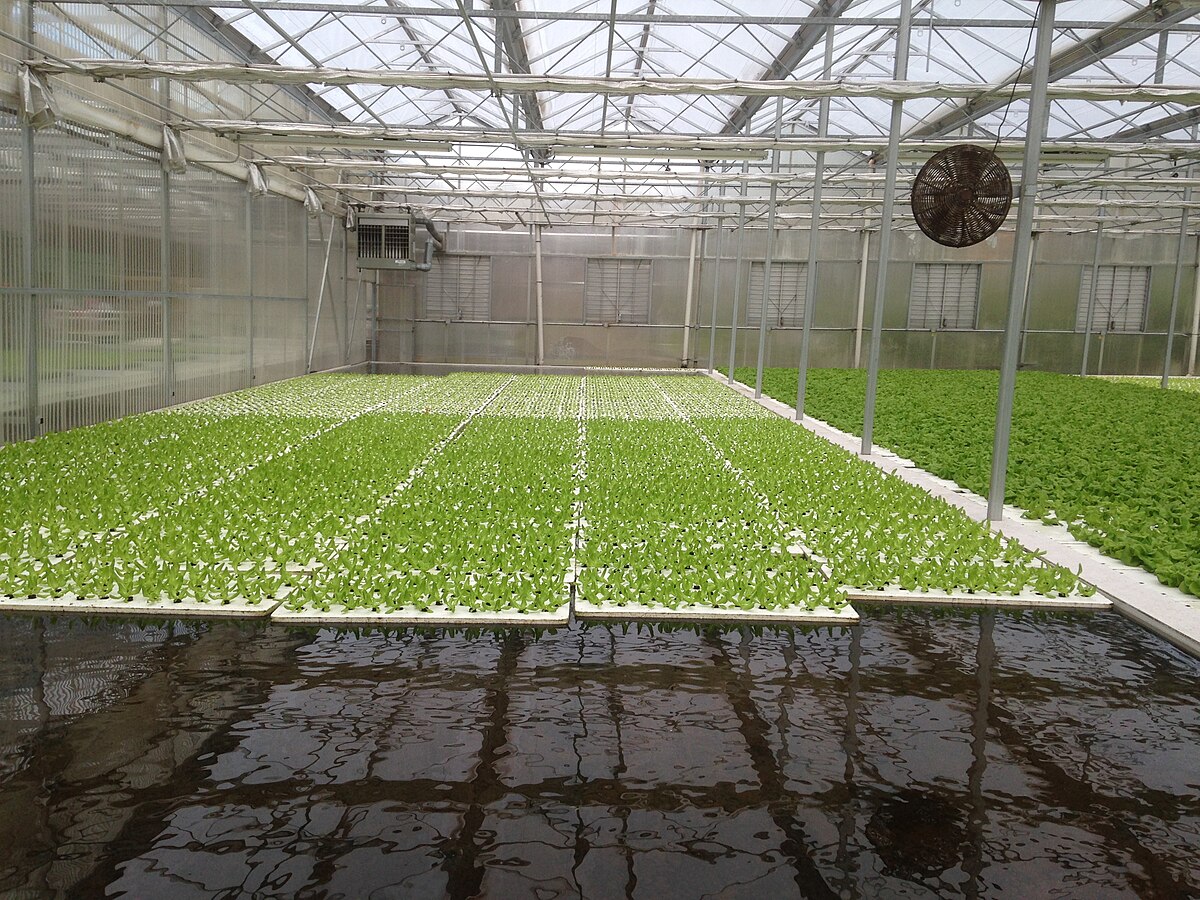A soil's BS should be greater than 80% to be productive.
A soil with a BS of less than 40% will have difficulty producing crops.
To calculate base saturation, you can use the following formula:
The percent base saturation would be calculated as:
Base saturation is closely related to pH, and as base saturation increases, so does pH. A soil with a base saturation of less than 40% may have difficulty producing crops, and a soil with a base saturation of less than 80% is usually lacking calcium.
A soil with a BS of less than 40% will have difficulty producing crops.
To calculate base saturation, you can use the following formula:
- Add the meq/100g of K, Mg, Ca, and Na (the bases) together
- Divide the result by the CEC
- Multiply the result by 100%
The percent base saturation would be calculated as:
- Total for bases: K + Mg + Ca + Na = 1.43 meq/100g soil
- Percent base saturation: (1.43 ÷ 3.83)(100%) = 37%
Base saturation is closely related to pH, and as base saturation increases, so does pH. A soil with a base saturation of less than 40% may have difficulty producing crops, and a soil with a base saturation of less than 80% is usually lacking calcium.









